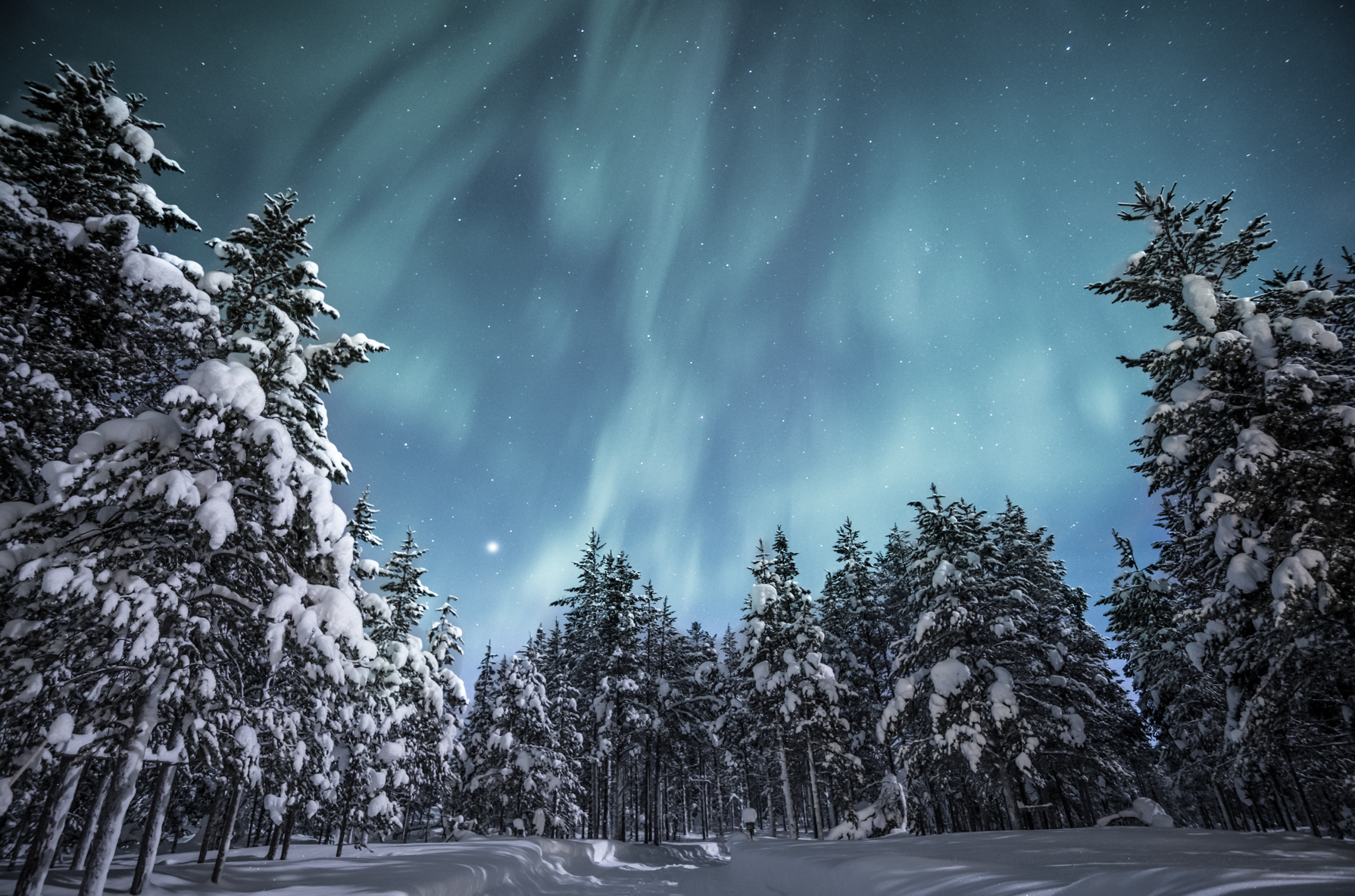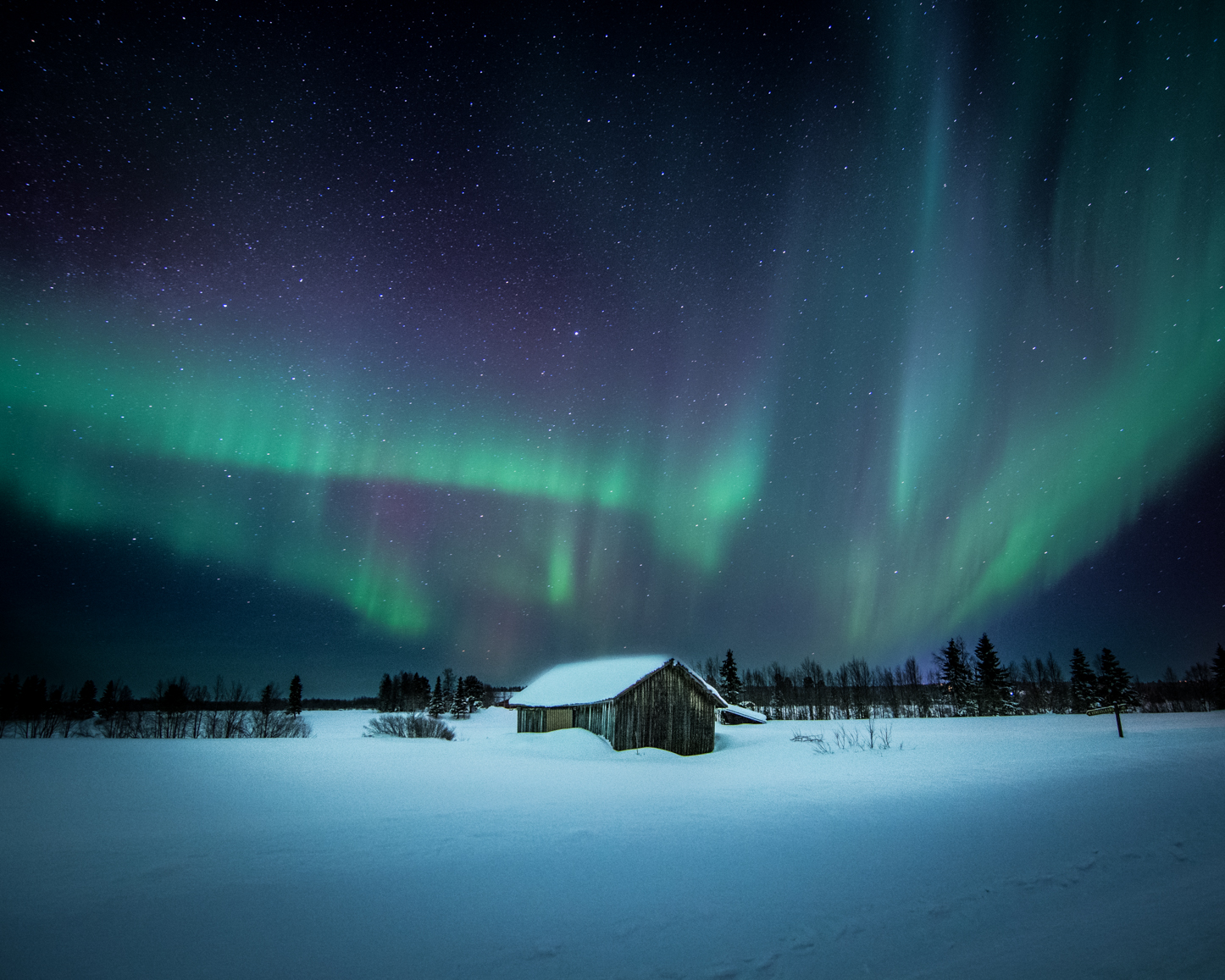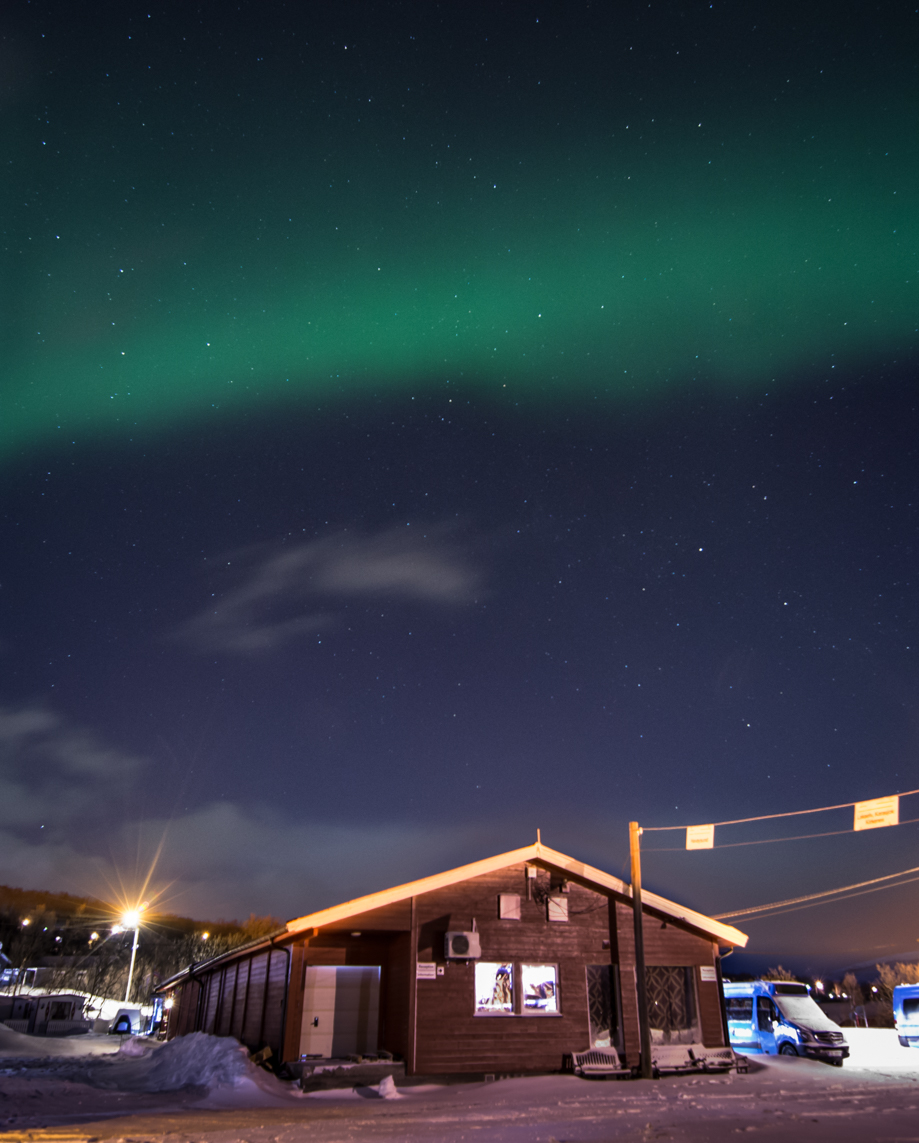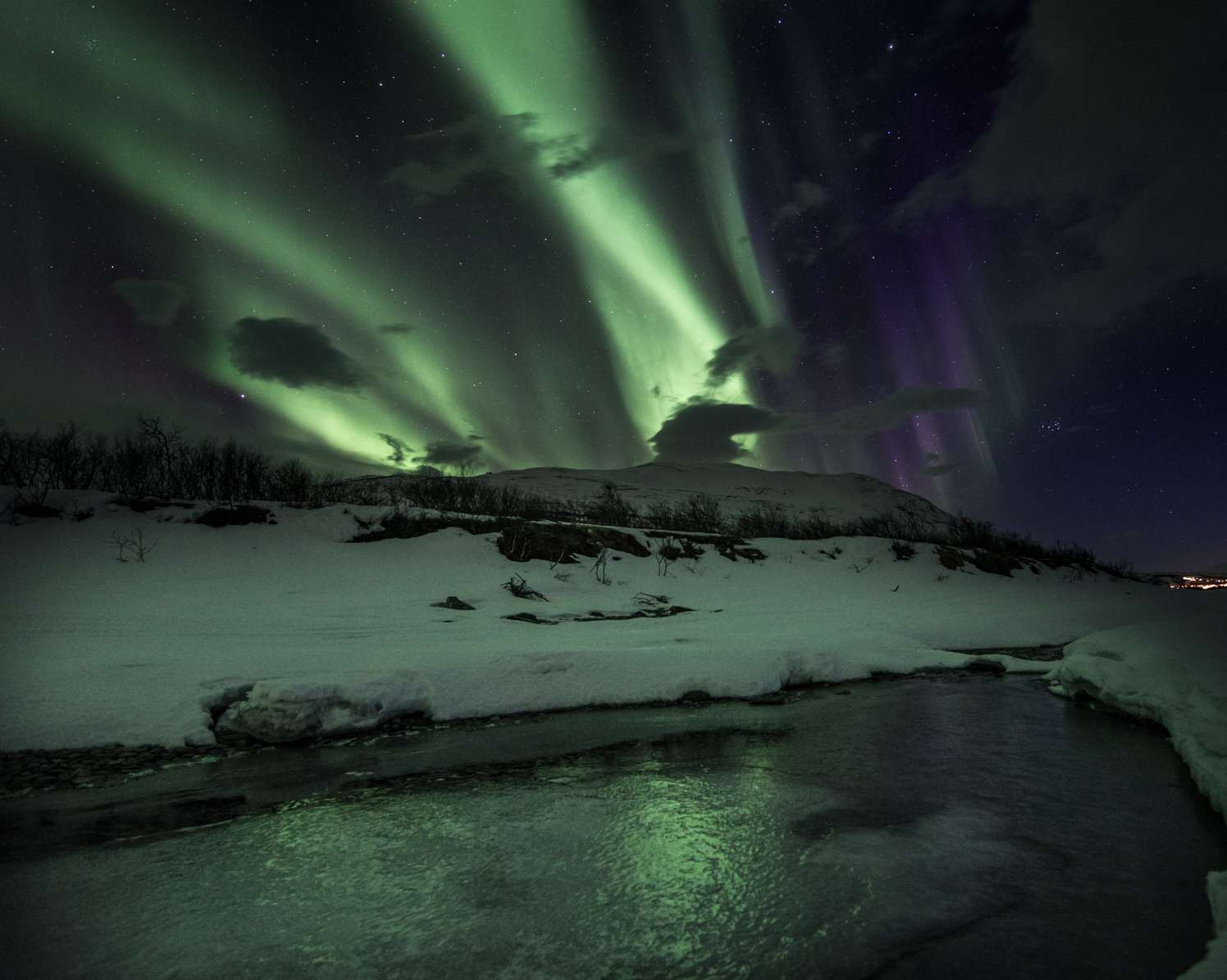Have you seen the lights?
Commonly referred to as the Northern Lights, the Aurora Borealis is a natural phenomenon that very few people are able to witness. It typically appears in extremely high latitudes on nights with high solar activity and clear skies, but is quite hard to predict.
WHERE can you see them?
The farther North you go, the better. The Nordic countries are optimal, Iceland, Norway, Sweden, Finland, etc. In North America, Canada and Alaska are the most ideal, but many northern states like Michigan, Wisconsin, Minnesota, and Maine have areas with hardly any light pollution and are far enough north where you can see them several times throughout the year.
WHEN can you see them?
While we can predict the weather with relative accuracy several days in advance, predicting the Aurora is often impossible, as we can only know several hours in advance unless there is an abnormally large solar flare in which we can know several days in advance, but this is quite rare.
On clear nights, if you're above the Arctic Circle there is always a high chance of seeing the lights. They often last from several minutes to several hours, varying in color and intensity.
HOW can my camera capture the Aurora?
Most modern day cameras can capture the lights with ease, as they let in plenty of light into the cameras sensor assuming you know what settings to adjust. If you can adjust the shutter speed to open for several seconds, chances are you can take a good picture. Good results often happen from 5 to 30 seconds, depending on the speed and strength of the Aurora. The faster the aperture (the lower the number) the better it is, f/1.8 and f/2.8 are perfect, f/3.5 can still let in a decent amount of light, but as you get into slower apertures like f/5 and above, it becomes more difficult for the camera to obtain enough light in night conditions. The third thing you must adjust is the ISO, which is another option that adjusts how much light goes into the camera Even some cheaper cameras, not DSLRs, can take decent pictures of the Aurora.





























































